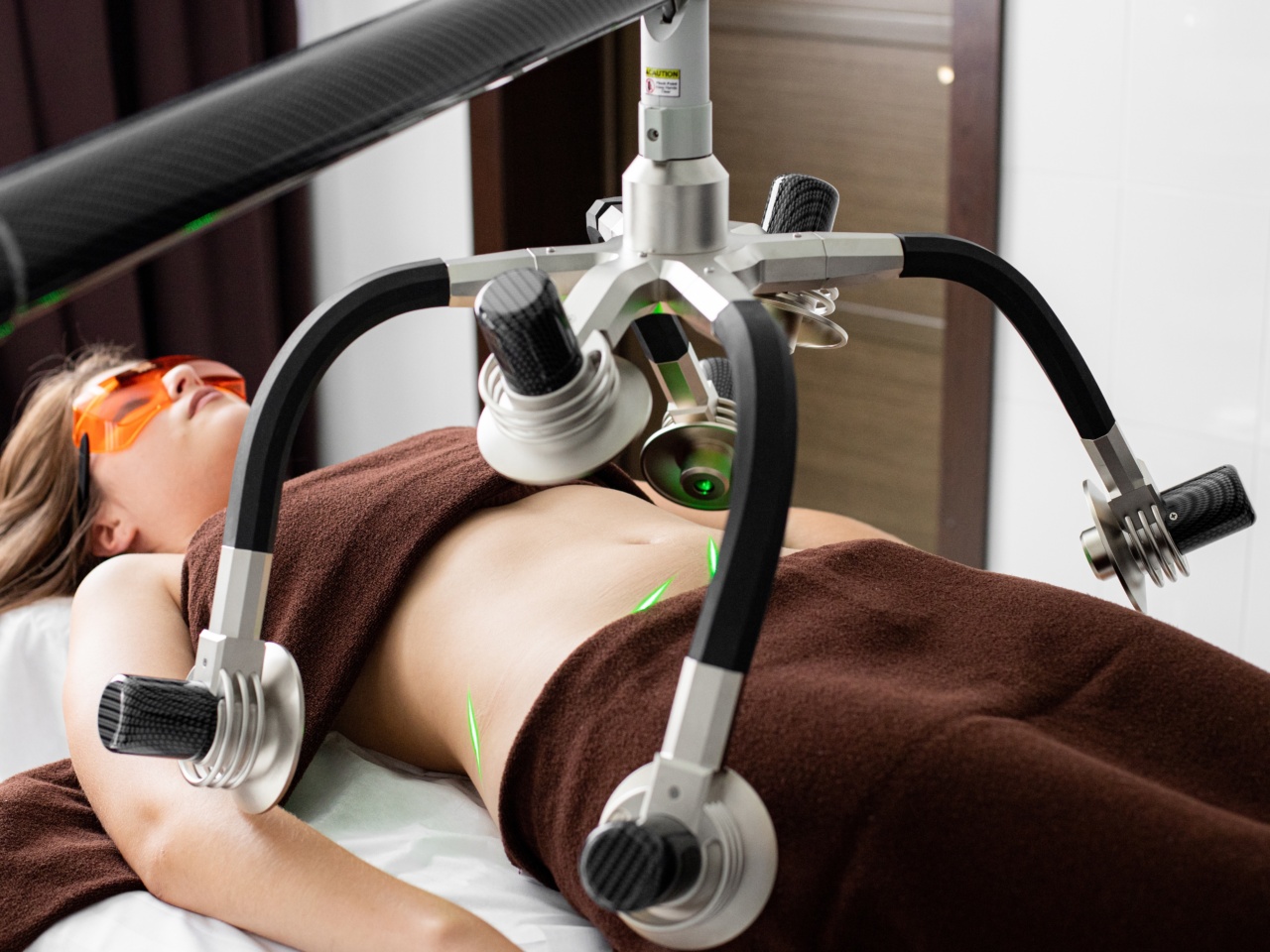Bladder coccyx, also known as coccyx pain syndrome or tailbone pain, can greatly impact a person’s quality of life. It’s a condition that can occur due to various reasons such as trauma, childbirth, or extended sitting on hard surfaces.
While there are several treatment options available, the effectiveness of each varies from person to person.
However, advancements in medical technology have paved the way for a revolutionary treatment method for bladder coccyx – laser therapy.
Laser therapy has been used for several medical conditions, including chronic pain management, but its effectiveness in treating bladder coccyx is relatively new.
What is Bladder Coccyx?
The coccyx, also known as the tailbone, is located at the bottom of the spine. It’s a small triangular bone made up of three to five bones fused together.
Bladder Coccyx is pain in the areas surrounding the coccyx, including the lower back and buttocks. It can range from mild discomfort to severe pain and can make it challenging to sit or stand for long periods.
Several factors can cause bladder coccyx syndrome. The most common reasons include:.
- Trauma
- Childbirth
- Prolonged sitting on hard surfaces
- Falling on the buttocks
- Infections
- Tumors
Treatment Options for Bladder Coccyx
The primary goal of treating bladder coccyx is to manage the pain and improve a person’s quality of life. Several treatment options are available, including:.
- Pain medication
- Physical therapy
- Coccyx cushion
- Injections
- Surgery
Pain medication and physical therapy aim to alleviate the symptoms of bladder coccyx, such as pain, stiffness, and discomfort. However, they provide only a temporary solution and don’t address the root cause of the pain.
The coccyx cushion is a comfortable cushion that helps redistribute weight from the coccyx and reduce pressure on the affected area. However, it’s not a treatment for bladder coccyx syndrome and doesn’t provide a permanent solution.
Injections aim to relieve pain by injecting steroids into the affected area. While they can provide relief for some people, the effects are temporary and need to be repeated regularly to manage symptoms.
Finally, surgery is considered the last resort for treating bladder coccyx. It’s a complex procedure and carries several risks, such as infection, bleeding, and nerve damage.
Additionally, it has a long recovery period, and the effectiveness of the procedure isn’t guaranteed.
What is Laser Therapy?
Laser therapy is a non-invasive medical procedure that uses intense beams of light to treat various medical conditions. The therapy works by stimulating cell regeneration, reducing inflammation, and increasing blood flow in the affected area.
Laser therapy has been used in various medical fields, including dentistry, ophthalmology, and dermatology. Most recently, it has been used to manage chronic pain and promote healing in soft tissue injuries.
There are two types of laser therapy, low-level laser therapy(LLLT) and high-intensity laser therapy (HILT).
How Does Laser Therapy Treat Bladder Coccyx?
While laser therapy is relatively new in treating bladder coccyx, preliminary research shows it’s a promising treatment option.
Laser therapy works by targeting the affected area with intense beams of light that penetrate the skin and promote cell regeneration and tissue repair.
The therapy helps reduce inflammation and swelling in the affected areas, which, in turn, reduces pain and discomfort.
Additionally, laser therapy increases blood flow in the affected area, which provides the necessary nutrients and oxygen for the affected tissues to heal.
Sessions typically last between 10-30 minutes and are scheduled several times a week over several weeks. The frequency and duration of the sessions depend on the severity of the symptoms and a person’s individual needs.
What are the Benefits of Laser Therapy for Bladder Coccyx?
Laser therapy provides several benefits for managing bladder coccyx symptoms. Some of the benefits include:.
- Non-invasive: Unlike surgery, laser therapy is a non-invasive procedure that doesn’t require incisions or anesthesia.
- Effective: Laser therapy has been shown to be effective in reducing pain and inflammation in the affected area.
- No side effects: Laser therapy has no known side effects beyond the occasional mild skin irritation.
- Reduces recovery time: Laser therapy helps accelerate the healing process, reducing overall recovery time.
- Improves quality of life: Laser therapy helps reduce pain and discomfort, making it easier to carry out day-to-day activities.
While laser therapy is a promising treatment option for bladder coccyx syndrome, it’s essential to consult with a medical professional to determine if it’s right for your individual needs.
Conclusion
Bladder coccyx syndrome can significantly impact a person’s quality of life, causing pain, discomfort, and difficulty carrying out day-to-day activities.
While several treatment options are available, they vary in their effectiveness and can provide only temporary relief.
Laser therapy is a relatively new treatment option for bladder coccyx syndrome that’s been shown to be effective in reducing pain and inflammation in the affected area.
Laser therapy is a non-invasive procedure that’s safe, has no known side effects, and can reduce overall recovery time.
While laser therapy is a promising treatment option for bladder coccyx syndrome, those considering the procedure should consult with a medical professional to determine if it’s right for their individual needs.





























